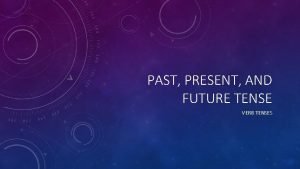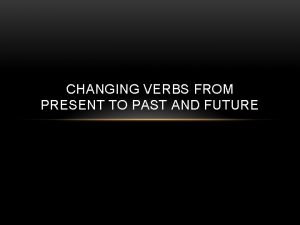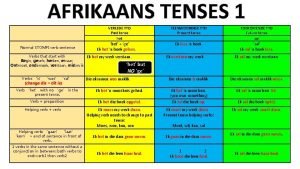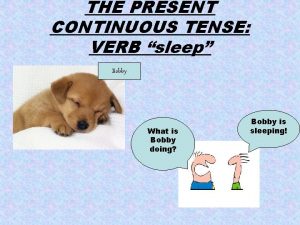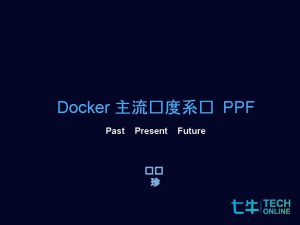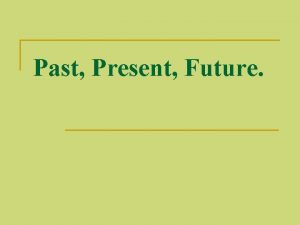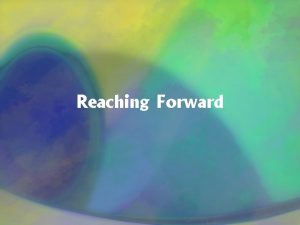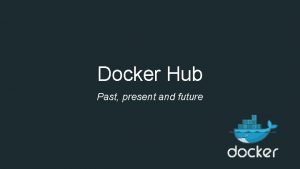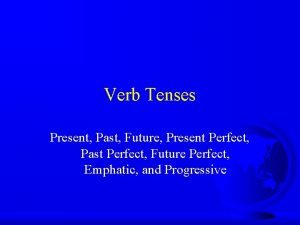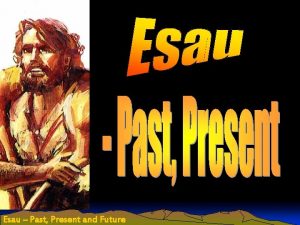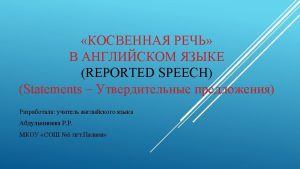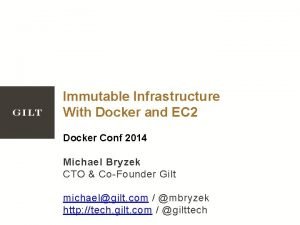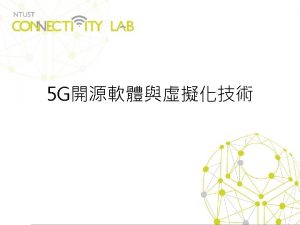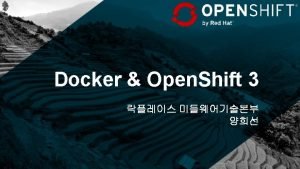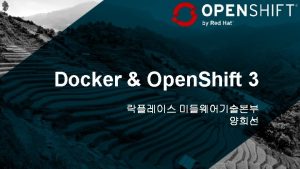Docker past present future www leannet eu Who














- Slides: 14

Docker: past, present, future(? ) www. leannet. eu

Who am I? Co-founder @ Lean. Net Ltd. § Consulting, training, implementing § Cloud Native, Kubernetes, Microservices, Dev. Ops § Now part of the szabo@leannet. eu linkedin. com/in/szabvid twitter. com/szabvid www. leannet. eu

What Everyone Knows: Virtual Machines vs. Containers Container: § A bundle of the application code along with its runtime and dependencies App 1 App 2 App 3 OS OS OS Ov VM 1 VM 2 VM 3 erh ead App 1 App 2 App 3 Container 1 Container 2 Container 3 Container runtime Hypervisor Operating System Physical machine www. leannet. eu

Let’s Go Deeper – Why Docker? Containers are much older than the ones we know and use nowadays: § They were created by using Linux kernel primitives: Control Groups Namespaces § Namespaces: q Makes a global system resource seems as it would belong to one process q Similarly as the Hypervisor abstracts away hardware for VMs + Control Groups www. leannet. eu

Let’s Go Deeper – Why Docker? § So even before Docker creating containers were possible, but very struggling! § Docker made it very easy, also introducing Docker Layers: q read only union file system (Union. FS) q to be transparently overlaid, forming a single coherent file system Container Þ Namespaces Þ Control Groups Þ Layers Image Read Only www. leannet. eu

Small History § Docker originally wrapped the LXC (low level tools, templates, libs for creating containers) § However, at one point LXC development broke Docker so they developed their own substitute “libcontainer” Docker Namespaces Control Groups LXC Union. FS www. leannet. eu

Small History § Docker originally wrapped the LXC (low level tools, templates, libs for creating containers) § However, at one point LXC development broke Docker so they developed their own substitute “libcontainer” Docker Namespaces Control Groups libcontainer Union. FS www. leannet. eu

Small History § Docker originally wrapped the LXC (low level tools, templates, libs for creating containers) § However, at one point LXC development broke Docker so they developed their own substitute “libcontainer” § Docker became an ecosystem and added many features as a monolith: registry, orchestration, builds, etc. registry orchestration Namespaces Control Groups runtime Docker libcontainer images Union. FS builds compose www. leannet. eu

Small History § Docker originally wrapped the LXC (low level tools, templates, libs for creating containers) § However, at one point LXC development broke Docker so they developed their own substitute “libcontainer” § Docker became an ecosystem and added many features as a monolith: registry, orchestration, builds, etc. q Bad since it is a Monolith registry q Conflicted with other Orchestrators runtime Docker orchestration libcontainer images Union. FS builds compose § When OCI (Open Container Initiative) came they rewrite their architecture (abandoned libcontainer in 2015) § OCI: Linux Foundation project to design open standards for OS-level virtualization www. leannet. eu

Platform and Ecosystem § § Client-server architecture Client uses CLI to send messages that are translated to REST API calls for the Docker Engine has a modular architecture It manages (here creates) the container Client $ docker run … $ docker build … $ docker pull … Docker Engine REST API Docker daemon runc www. leannet. eu

Platform and Ecosystem § § Client-server architecture Client uses CLI to send messages that are translated to REST API calls for the Docker Engine has a modular architecture It manages (here creates) the container Client $ docker run … $ docker build … $ docker pull … § Ecosystem: q Docker Hub q Docker Compose q Docker Desktop q (Docker Swarm) q Enterprise services/versions Registry Docker Host Docker Engine Images REST API Docker daemon Compute Services runc www. leannet. eu

Docker Benefits for Microservices and Dev. Ops § Example scenario for a modern CI/CD pipeline with Kubernetes and Azure https: //docs. microsoft. com/en-us/dotnet/architecture/containerized-lifecycle/dockerdevops-workflow/create-ci-cd-pipelines-azure-devops-services-aspnetcore-kubernetes www. leannet. eu

Docker Alternatives § Containers: q Kata q Nabla q Fire. Cracker § Runtime: q CRI-O q Container. D § Image build: q Kaniko q Buildah § Conainers and Image management: q Pod. Man www. leannet. eu

Docker Future § Docker Enterprise: q Was acquired by Mirantis in 2019 q Docker Enterprise Engine, Docker Trusted Registry, Docker Unified Control Plane and Docker CLI § Docker: q Expand Docker Desktop and Docker Hub’s roles in the developer workflow for modern apps q 2021 March 16: Docker Announces $23 M in Series B Funding § Containerization landscape has changed a lot: § There are many alternatives and heterogeneity § E. g. Kubernetes is deprecating Docker… § Docker still has its leading role: § Compatibility, maturity perspective § Ecosystem and platform perspective www. leannet. eu
 Present simple past simple future simple exercises
Present simple past simple future simple exercises Simple past simple present simple future
Simple past simple present simple future Past simple future
Past simple future Simple present simple past simple future
Simple present simple past simple future Future continuous and future perfect simple
Future continuous and future perfect simple Future perfect continuous and simple
Future perfect continuous and simple Past perfect continuous past continuous
Past perfect continuous past continuous Tenses chart for class 10th
Tenses chart for class 10th Simple past simple present simple future
Simple past simple present simple future Present continuous for future
Present continuous for future Hop future tense
Hop future tense Verbs past present future
Verbs past present future Afrikaans tenses
Afrikaans tenses Sleep present perfect continuous tense
Sleep present perfect continuous tense He has ha hemos
He has ha hemos










